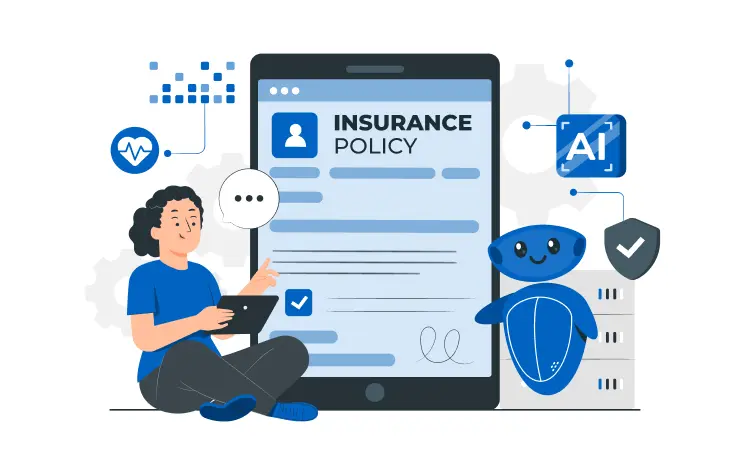Understanding the Risks and Building Solutions
As artificial intelligence (AI) becomes embedded across industries, the insurance sector is faced with a dual challenge: how to leverage AI to improve operations, while also developing products to protect against its growing risks.
According to Aon South Africa’s Zamani Ngidi, Business Unit Manager of M&A and Cyber Solutions, understanding the evolving landscape of AI-related exposures is key to offering relevant, forward-looking solutions in the insurance market.
“AI is increasingly being considered a distinct class of insurance risk. It intersects with both tangible and intangible assets, creating unique exposures across various domains,” Zamani explains.
These risks fall into several broad categories:
- Physical Risks: AI systems can cause bodily injury or property damage, such as an autonomous vehicle crashing or an industrial robot malfunctioning.
- Non-Physical Risks: These include financial loss, reputational damage, discrimination or breaches of data privacy caused by AI decision-making.
- Systemic Risks: The interconnected nature of AI systems means that failures can cascade, potentially impacting multiple sectors or entire economies.
“Unlike traditional technologies, AI systems are dynamic and adaptive, which adds layers of complexity to risk assessment and mitigation,” says Zamani.
New Risk Scenarios and Legal Complexities
AI introduces novel risk scenarios that challenge existing liability frameworks. For instance, when an AI makes a decision independently – such as denying a loan, misdiagnosing a patient or triggering a financial trade – establishing fault is not straightforward. Key legal questions include:
- Who is responsible for an AI’s decision? The developer, user, owner or the AI itself?
- What constitutes negligence in an AI context?
- How can bias, discrimination or ethical lapses in automated systems be addressed?
“These legal uncertainties are critical considerations for underwriters and claims handlers alike, especially as courts begin to encounter AI-related litigation,” Zamani adds.
The AI Value Chain: Points of Risk
AI risk exposure can occur at different stages of its lifecycle:
- Design & Development – Errors in data selection, algorithm design or system training can introduce bias or flaws.
- Implementation – Incorrect integration or inadequate testing can result in failures or safety issues.
- Operation – Real-time usage introduces variability, particularly if the system continues to learn and evolve post-deployment.
- Maintenance & Updates – AI systems require regular monitoring and updating and failures here can lead to drift, degradation or vulnerabilities.
“Understanding this value chain is crucial for insurers to evaluate exposures accurately and offer coverage at the right point of risk,” Zamani adds.
“In response to these emerging risks, the insurance market is starting to develop new frameworks and products. While some exposures may be absorbed into existing lines such as Cyber, Tech E&O and Product Liability, there is a growing need for policies specifically tailored to AI,” Zamani explains.
Key elements of effective AI insurance products include:
- Clear Definitions: Precise policy language around what constitutes “AI” or “autonomous decision-making” is essential.
- Scenario-Based Underwriting: Evaluating risk based on specific use cases (e.g. healthcare AI vs. industrial automation) improves risk selection.
- Dynamic Risk Modelling: Traditional models are often inadequate for AI; insurers need tools that account for the adaptive and evolving nature of these systems.
- Ongoing Risk Assessment: Due diligence should be continuous, especially where AI models retrain on new data or where use cases change over time.
Challenges to Market Development
Despite the clear need, the insurance market for AI is still in its early stages. Challenges include:
- Data Scarcity: Limited historical loss data makes pricing and modelling difficult.
- Attribution Issues: Identifying the source of AI-related harm remains complex.
- Regulatory Gaps: Legal and compliance frameworks are still catching up, creating uncertainty around liability.
- Client Awareness: Many organisations deploying AI may not fully understand their exposures or how traditional coverage applies.
As organisations prepare for the next frontier of technological advancement, access to digital tools, sophisticated data and advanced analytics will be essential in helping them navigate the evolving landscape of AI-related risks.
“With the pace of innovation accelerating, AI – if harnessed and managed effectively – can be the catalyst that not only safeguards businesses against emerging exposures but also empowers them to achieve their strategic growth ambitions. Insurers that can support businesses in navigating these challenges by offering clear, innovative risk management and insurance solutions will be well-positioned to lead in this emerging class,” Zamani concludes.
